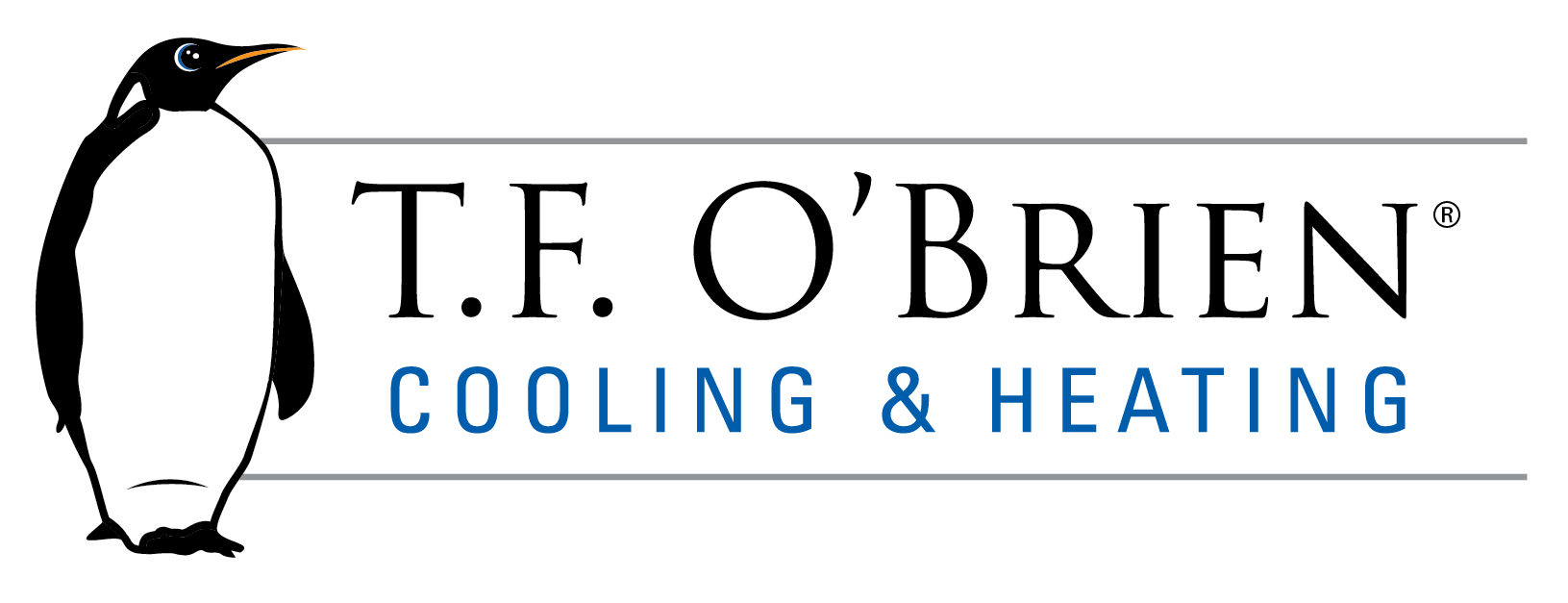Keep Your Family Safe From Deadly Gas With a Detector
If you use equipment that burns fuel in your Long Island home, you need a carbon monoxide (CO) detector. Actually, you should have several in specific areas of the home. There should be one located near bedrooms, in the kitchen and in the living area or den. And having a carbon-monoxide detector can save lives.
A Deadly Gas
Anything that burns fuel emits carbon monoxide, including:
- Gas dryers.
- Gas cook stoves.
- Oil or kerosene boilers or furnaces.
- Gas or charcoal grills.
- Automobiles.
- Snow blowers, leaf blowers and lawnmowers.
- Fireplaces (wood burning or gas).
Chances are, you have at least one of these in your home. And when you do, you have to be aware of the dangers CO presents: it’s an odorless, colorless gas and can only be detected by a mechanical device. Even a short exposure to it can remain in the bloodstream for hours, so early detection of CO via a detector is the best prevention method.
Symptoms
Carbon monoxide gas, when inhaled, displaces oxygen. Its molecules attach to hemoglobin and slowly starve organs of pure oxygen. Early symptoms include:
- Headache.
- Nausea and/or vomiting.
- Dizziness.
- Fatigue.
These symptoms are easily misread, and thought to be caused by other sources. For example, a mild headache from CO exposure may interpreted as stemming from stress. Other symptoms may be presumed to be the onset of the flu. The exposed person may lie down, thinking a short nap will make them feel better. However, sleeping in the exposed area will only increase the buildup of the gas in the bloodstream, possibly resulting in the person never waking up.
Detector Options
To avoid problems due to CO exposure, it’s best to use CO detectors. You can choose from wired-in or battery-operated models, with advantages and disadvantages to both. Wired models require less maintenance and generally have displays showing exposure levels. Most battery-operated units do not. The cost for each unit is roughly the same, although installation costs may apply to wired-in models.
If you don’t have carbon monoxide detectors, it is strongly recommended that you get at least one. For information on models and options, contact T.F. O’Brien Cooling & Heating. Your safety and comfort are always our primary concern.
Our goal is to help educate our customers about energy and home comfort issues (specific to HVAC systems). For more information about {INSERT TOPIC} and other HVAC topics, download our free Home Comfort Resource guide.
T.F. O’Brien services the Long Island, New York area. Visit our website to see our special offers to get started today!
